What we require for the achievement of sustainable cities is a citizen-based and knowledge-driven movement for repairing and re-unifying the fragmented and dysfunctional urban landscapes. But under the prevailing trend of urbanization that is pursued by government with its thrust on privatization of common assets and development works, the agents of change relentlessly devise new ways of damaging and breaking down the landscape into disparate and often conflicting fragments to achieve business turnover and profit. My view is that our counter struggles to repair & unify our fragmented and disfunctional urban landscapes will succeed only when they are turned into significant political movements.
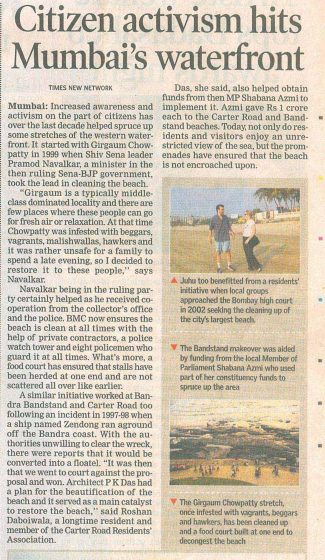
Our mission to re-connect the broken urban landscape must not be given up, in spite of the many despair and frustration that we face. Our undeterred commitment towards building sustainable cities compels us to keep raising these concerns, in opposition to the mighty forces that are causing enormous damage to natural assets under the guise of enabling developmental work for prosperity. But prosperity, as we know, privileges fewer and fewer people while marginalizing the vast majority. In this process, more and more people are alienated from participating in decisions that impact the nature of their cities and its future, thereby weakening the alternate political movements and popularization of sustainability politics.
Blogs such as those on The Nature of Cities are contributing significantly towards this task through cross-fertilization of ideas and experiences, thereby bringing closer the forces that are challenging the trend of exclusivity in urban development plans and causing harm to natural assets and their commodification for profit; world over.


Fragmented landscape
Fragmentation is evident in the current state of natural areas, in particular, across Indian cities. These areas are subject to continuous abuse and misuse, including indiscriminate dumping of waste and landfilling in order to promote various projects. Natural areas are split into disparate parcels and the symbiotic relationships that exist between them are severed with damaging and often irreversible consequences.
Similarly, in the process of building and expanding cities, urban spaces too are increasingly fragmented and segregated into exclusive gated and ghettoized colonies. As evident, urban spaces have achieved various overtones on the basis of race, gender, class, community, religion and other forms of discrimination.
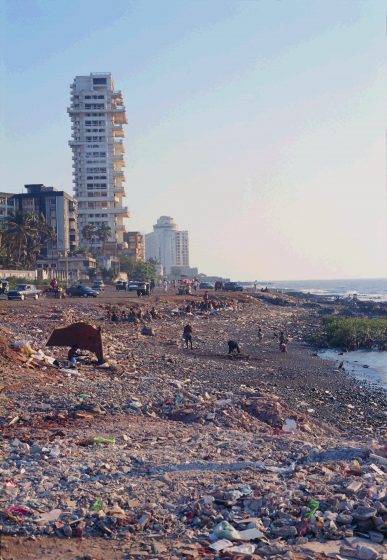
The current trend of urbanization is producing more backyards of segregation, neglect and abuse of people and places. Urban landscapes stand increasingly divided. This dual situation of ravaged and disparate natural conditions and divided urban spaces have led to deep cuts and fissures across urban landscapes that now characterize urban ecology. In such a situation of fractured urban landscape, achievement of sustainable cities becomes our primary objective in the planning and design of cities.
Mapping and open data
It is with an idea of achieving unification and sustainability of urban landscapes that Open Mumbai plan was prepared, beginning with mapping Mumbai’s landscape. A sustained campaign around the data obtained from mapping and the Open Mumbai Plan has succeeded in many ways. The current draft Development Plan-2034 for Mumbai has, for the first time, recognized the natural areas covering a vast stretch of over 160 km2, which constitutes 30 percent of the area of the city, by reserving them as “NA”, —previously these areas were designated as No Development Zones (NDZ) along with other developable land reserved for future growth demand.
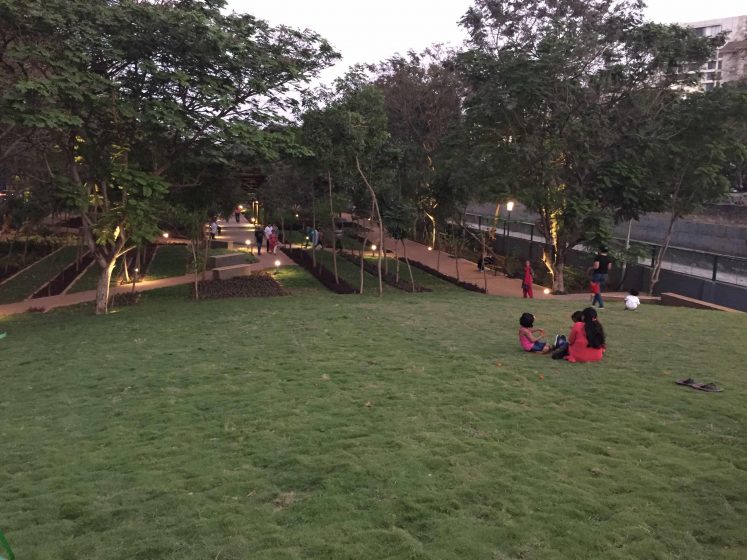

That these natural areas are now integrated into the overall idea of open spaces for the city, as proposed in the Plan, has been recognized too with a number of planning recommendations. For example, the plan includes boardwalks along the edges of mangroves and wetlands and open space reservations on both sides of over 300kms of watercourses (restored “nullahs” or drains of sewage and solid waste). Hopefully, this designation for the nullahs will stop the watercourses from being treated as dumping grounds and the water treated of the filth and stink. More importantly, placing the natural areas in the public spaces domain will, slowly but surely, lead to people realizing the significance of these assets in their daily life experiences in their own neighborhoods and the city. Such an outcome is already evident in the ongoing “Reclaiming Irla Nullah” project in the Juhu neighborhood of Mumbai. Local area citizens’ organizations have launched a significant project of cleaning the nullah water, developing landscaped walking and cycling tracks on both sides and connecting and developing adjoining gardens and open spaces into an expanding network of public spaces.
In order to intervene with an objective of achieving unification of the divided urban landscape, mapping would be a good start. The process of mapping is an effective means for mobilizing participation. Promoting open data and organizing public dialogue are key tenets of democracy. Mapping is a significant political act as it opens new doors to socio-political understanding and valuation of the various resources—natural and man-made—while exposing and challenging the deep nexus between the various adverse forces that has over the years severed the various links and relationships.
A collective mapping process is also necessary in order to challenge the information and data that is meted out regularly by governments and their various agencies, which as we know, in many instances is propagandist and not necessarily in the wider public interest. The illegally land-filled mangrove and wetland areas manipulated for construction of various infrastructure and amenity projects or the case of saltpan areas being reserved for affordable housing, are two such examples.

Urban planning and design
For me, it is urban planning and design that provides incredible power for the achievement of the objective of unification of people, places and nature. It is for this reason I have been arguing that participation in urban planning and design need to be considered a right, and that popularization and democratization of the same is, itself, an important step. We can plan cities taking into account existing land occupation patterns, particularly slums and informal sectors, rather than cause displacements due to the imposition of land use plans that are based on skewed planning standards and vested political interests. We must re-envision our cities on the basis of unification of the disparate parts. Achieving contiguity through un-barricaded spaces will enable the building of self-supporting structures of harmony and resilience. Natural areas and assets must form an integral aspect of city planning and design programs in which people are considered as custodians.
Protracted struggles
Organization of movements concerning planning and design matters has not evolved adequately to influence change towards unification of the fragmented landscapes and the achievement of sustainable urban ecology. Planning and design knowledge is considered to be technical and the domain of qualified architects and planners. This exclusivity of knowledge coupled with the distance that the fraternity of architects and planners have maintained from people and their struggles, is making this task even more difficult. Such separation has also not let the fraternity think of new ideas in theory and practice for understanding the enormous potential that planning and design exercises have in mobilizing people to participate and through that, popularize knowledge. As a result, governments and politicians too have kept them at a distance, resulting in cities and towns in India, in particular, experiencing anarchic growth without planning. Politicians and bureaucrats frame policies with total indifference to their adverse impact on built form and environment.
It is hard to get professionals to step out to public space to discuss alternate planning and design possibilities. Politicians and community leaders then get on to promote their own options, but limited to short-term interest and solutions. Moreover, such proposals, even though prepared in many instances with best intentions, are conceived without any holistic or comprehensive vision. Developmental works are often undertaken with knee jerk reaction to crisis, floods being an example. Or they are reduced to beautification work—landscaping traffic islands etc. In most such situations neither elected representatives nor the community leaders involve professionals. Professionals too do not come forward to participate. As a result, planning and design of neighborhoods and the city are given a go. This is why professionals must intervene and volunteer to enrich citizens’ movements, while learning from them too.
Popularisation
Popularisation of ideas and knowledge is a big and complex process since they are rooted in social and political ideologies and objectives. As we experience, participation is based on race, gender, religion, faith, and class prejudice and relationships. Similarly, production of data too is rooted in these various forms of social division. Plans and proposals that are mooted by Governments reflect the preferences of the dominant group. Public dialogue is invariably a dialogue of such groups. Law courts too have, in many instances, considered the views of the dominant groups as public opinion and have gone to the extent of ruling in their favor, thereby strengthening the hands of divisive trends and forces that deter unification and sustainability. Such political and social conditions pose significant challenges to progressive and liberal movements. Evolving effective strategy and tactics in the building of urban movements and the democratization of urban ecology are significant challenges that we have to deal with constantly.

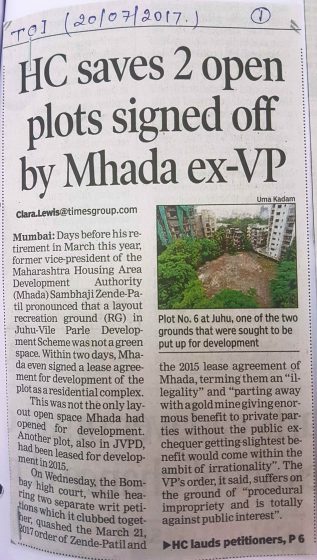 Legislation
Legislation
Achieving sustainability through legislation is yet another important consideration in the strategy for winning our battle for unification of urban ecology. This necessitates building close relationship with elected representatives and the government on all matters that affect our lives. This is not simple and straightforward. As we know, every elected representative has his or her preference rooted in the divided structure of social relations. After elections they do not necessarily continue to neither represent nor value the opinion of all, particularly that of the minority communities. Also, it is the call of the government in power and their political positions that influence legislation.
Therefore, success or failure in the unification and achievement of sustainable ecology rests on alternate political ideology and the sustained power of the movements.
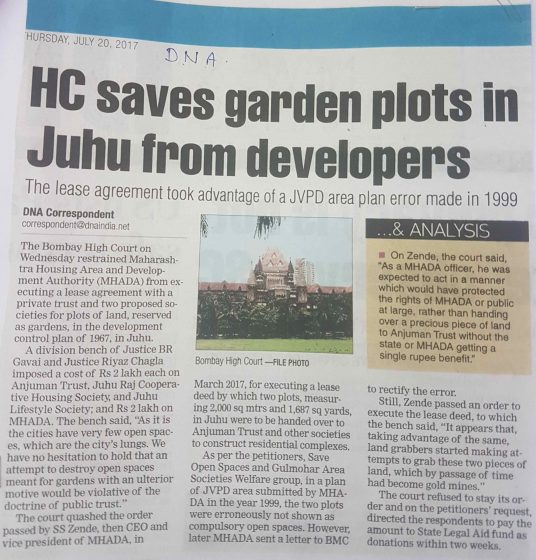
Legal course/public interest litigation
When popular movements demanding sustainability fail to convince governments and policy makers, then legal course for relief is an option. In Mumbai, significant public interest litigations have influenced decisions leading to many victories. Successes in law courts have been possible due to, research, mapping and documentation undertaken by citizens and activists, of natural areas and putting forward comprehensive alternatives to government schemes.
But, the legal process requires substantial patience, tenacity and endurance on the part of the petitioners. Also, a lot of money is required and the process is often not affordable for citizens and community organizations, making it difficult to seek justice through the courts.
A political battle indeed
Our struggle for unification of the broken pieces of urban ecology is indeed a political battle that has to be pursued through democratic struggles. Our ideas, research, data, studies, documentation towards this objective must be put to extensive public campaign for the achievement of a wider public participation and acceptance. It is public action that will deeply influence decisions that governments take.
PK Das
Mumbai

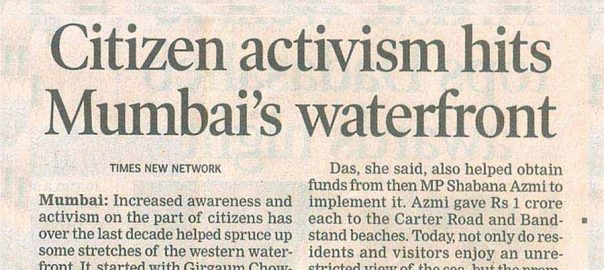






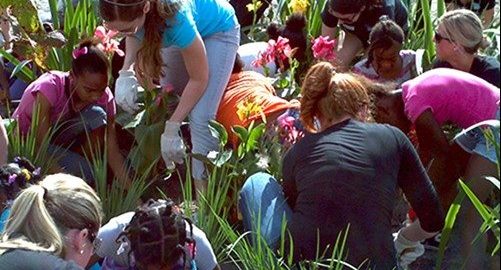
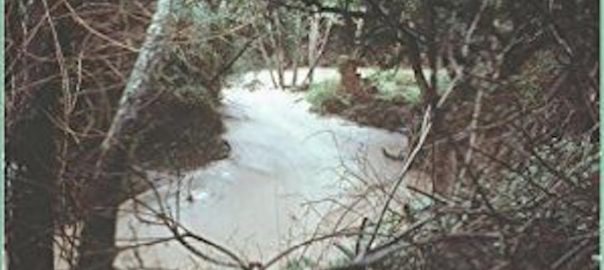


PK – this is wonderful!! the section on fragmented landscapes made me think of our discussion April around how material urban space can be used to challenge conventional gender norms – the fragmentation that is so characteristic of cities (from zoning to the gated communities you mention) plays a role in maintaining gender norms and the gendered use to space, so attempts to de-fragment the city and integrate space would work also to challenge gender roles and gendered space!!
This is wonderful and encouraging to read about. I think with regard to the legal frameworks, India needs more preemptive exercises in deliberative democracy, per se. By this I mean, we need activism to ensure that institutional structures for broad-based information sharing about these laws are also in place, right when they are promulgated – like a last-but-one step before the law is enacted. The laws need to be put in place in a wider climate of awareness and broad-based political ownership, rather than as a elite-captured exercise that remains on paper to be used by activists in fire-fighting mode (usually way after or well-into the damage being done). ie: Wetlands conservation for instance is indirectly influenced by an array of policy and legislative measures. Some of the key legislations are ♦ The Indian Fisheries Act – 1857 ♦ The Indian Forest Act – 1927 ♦ Wildlife (Protection) Act – 1972 ♦ Water (Prevention and Control of Pol1ution) Act – 1974 ♦ Territorial Water, Continental Shelf, Exclusive Economic Zone and other ♦ Marine Zones Act – 1976 ♦ Water (Prevention and Control of Pollution) Act – 1977 ♦ Maritime Zone of India. (Regulation and fishing by foreign vessels) Act 1980 ♦ Forest (Conservation Act) – 1980 ♦ Environmental (Protection) Act – 1986 ♦ Coastal Zone Regulation Notification – 1991 ♦ Wildlife (Protection) Amendment Act – 1991 ♦ National Conservation Strategy and Policy Statement on Environment and I Development – 1992 ♦ National Policy And Macro level Action Strategy on Biodiversity-1999, Biodiversity Act 2002. Even the best activists would have a tough time keeping up! Perhaps media partnering the cause of law-awareness popularisation needs to be legally mandated as well. That would at least give stakeholders across the board (including those who willfully blind themselves to the law to serve vested interests) a common turf and terms of reference to dialogue/contest (if need be) competing claims and violations.